Many people have frequent abdominal pain in the lower ribs with high fever but often neglect to think that they are at risk of developing bile duct stones.
So what is cholelithiasis? How to distinguish it from other diseases? Treatment of gallstones has gone completely? This article will give you more information to prevent and detect this disease early.
What Is Cholelithiasis?
What is the common bile duct? It can be understood simply that the host bile duct takes over the role of draining bile directly from the liver or gallbladder down to the duodenum in order to aid in fat digestion.
Common bile duct stones (OMC) is an uncommon disease. The presence of stones in the bile duct (the passage of bile from the liver to the gallbladder leading to the duodenum) is called a bile duct stone.
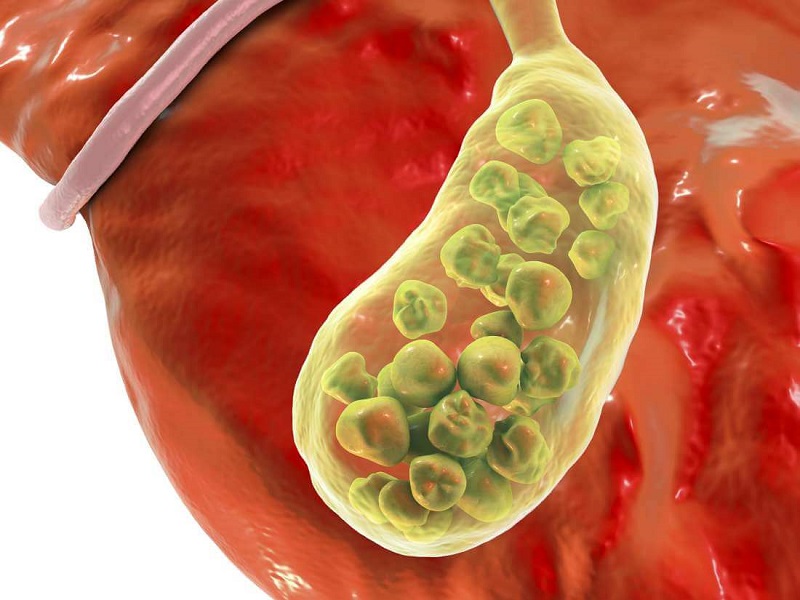
Bile duct stones are divided into two categories based on their composition as follows:
• Pigmented stones (rich in pigments of bile and lipids).
• Cholesterol stones (high in cholesterol).
In Vietnam, the proportion of patients with melanoma is higher than cholesterol stones. But in Western countries, patients with gallbladder stone disease-account for more cholesterol.
Each patient will have a different number of stones and different sizes. There are cases that stones appear alone, or appear with a quantity of about 2 or 3 stones located in the gallbladder or in the biliary tract in the liver.
Causes Of Bile Duct Stones
Primary gallstones: When the body is infected and the bacteria enter the bile duct, it causes inflammation, the components of the bile fluid are precipitated to form gallstones.
If the patient is infected with stray helminths, worm eggs falling into the bile ducts will create favorable conditions for pigments in the gallbladder to stick to the surface to form stones.
Another cause is when the components of bile fluid in the body are out of balance, causing gallstones. When this gallstone is passed down the bile duct through the bile ducts in the liver, it is called a bile duct stone.
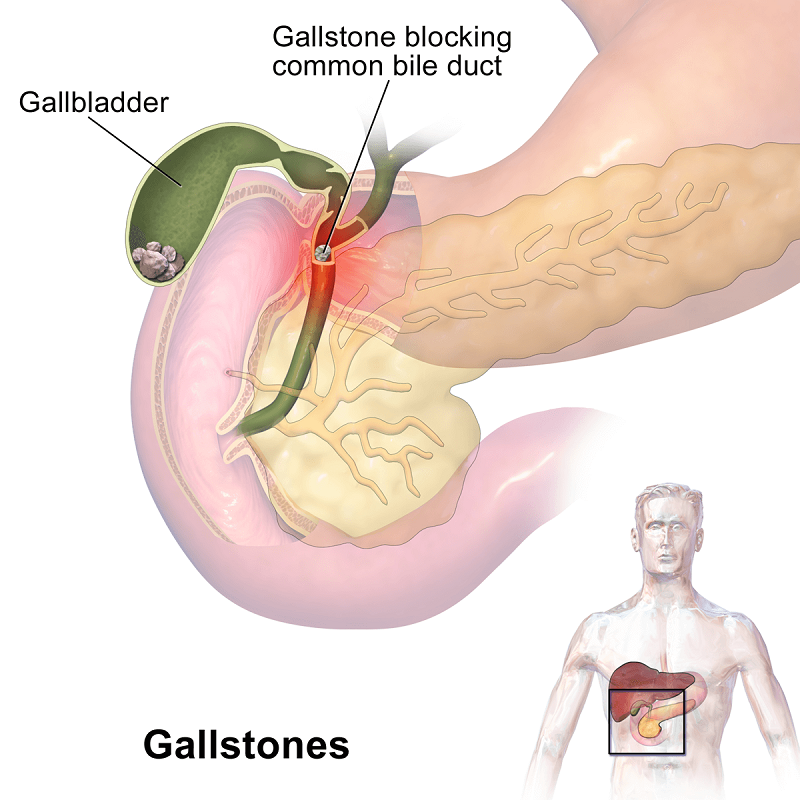
Although everyone is more likely to develop biliary tract stones, those at risk are:
• Women during pregnancy.
• People entering perimenopause.
• People with a history of diabetes or obesity.
• Patient has had gallbladder removal.
• Vegetarian.
• Sedentary people.
• Lose weight suddenly.
Symptoms Of Bile duct stones
The clinical symptoms of common bile duct stones that the patient may experience are as follows:
Pain in the lower right rib
People with common bile duct stones often experience pain in the lower right side suddenly. The pain tends to spread to the back or to the shoulder blades. There are cases of pain that usually last 2-3 hours.
After a full meal, the sick person feels more intense pain. This is due to the larger than normal size of the bile ducts and the intense contraction that causes pain.
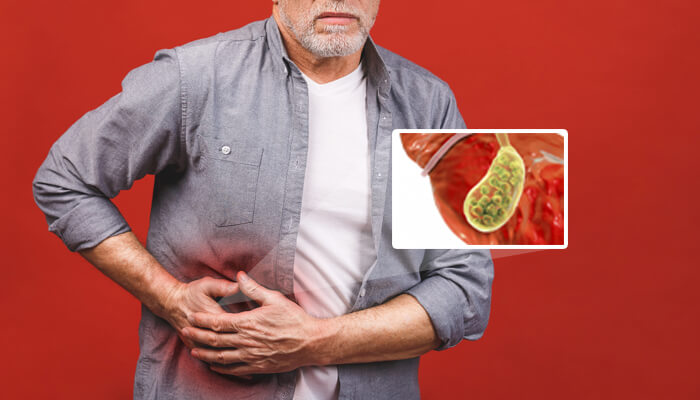
Fever
Symptoms of gallstones are high fever of 39-40 with seizures or chills. The fever usually occurs at the same time as the lower rib pain or a few hours after the pain ends, making the sick person feel very tired.
Manifest due to an infection
Fatigue, dry chapped lips, dirty tongue, uncontrolled weight loss.
Jaundice, yellowing of the eyes
When the Bilirubin in the blood increases, it will cause jaundice and yellowing of the eyes. This is an easily recognizable symptom, but it usually appears later than other symptoms.
Initially, the patient only had a slight yellowing in the eyes, then gradually spread to the body and mucosa with a dark yellow color.
Along with fever and low-rib pain, jaundice is one of the three most prominent manifestations of common bile duct stones, often appearing and then disappearing, and after a while, relapses again.
The gallbladder is enlarged
There are cases where the patient will feel and see a large, egg-sized gallbladder in the lower right flank position, and when touched, it feels very painful.
Pain spots appear
In the place of the liver, the bile is on the right side of the abdominal cavity, pain is felt when the patient presses it with his finger.
In addition, patients with bile duct stones also experience other symptoms such as:
• Have digestive problems, often nausea.
• The stools discolor when the person is completely blocked with bile ducts.
• Little urination, urine that turns dark like amniotic fluid.
• A less common symptom of bile duct stones is itchy skin caused by bile salt poisoning.
Complications Of Gallstones
Many people are concerned about what is the complication of a common bile duct stone? When a host bile duct stone is not detected early and treated promptly, it will cause dangerous complications to the patient's health such as:
Cholangitis: When there are stones in the bile ducts, it will cause the amount of bile fluid to become choked, creating ideal conditions for bacteria to grow, causing inflammation of the bile ducts.
Biliary tract abscess, liver: Prolonged inflammation of the biliary tract will lead to an abscess. If the site of infection begins to spread to the liver, it can cause hepatitis and liver abscess.
Biliary tract bleeding: When an abscess will cause an ulcer, the bile duct will open to the blood vessels in the liver, causing blood to vomit and even black stools. Biliary tract bleeding is often prolonged, seriously affecting the health of the patient.
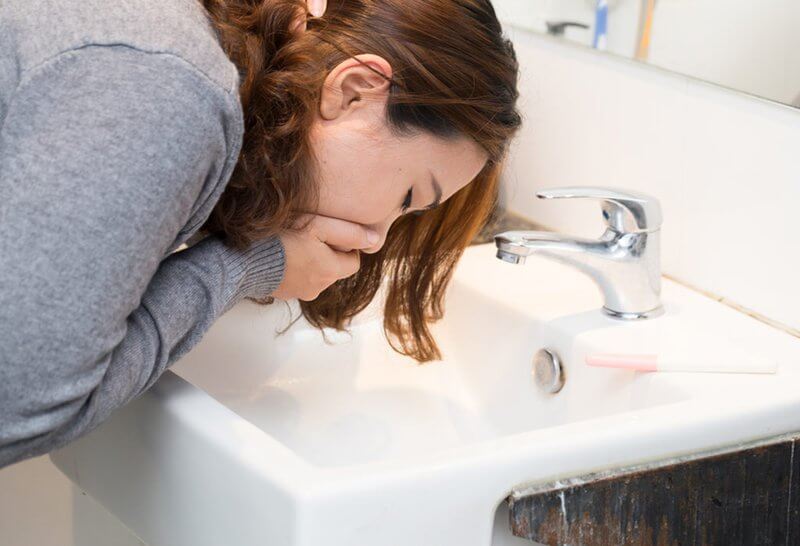
Cholecystitis: Choking bile fluid not only causes cholecystitis but also has the risk of seeping through the wall of the gallbladder into the abdomen causing inflammation of the bile peritoneum. This is also one of the dangerous complications if not promptly addressed, there is a high risk of death.
Biliary tract infection shock: When a biliary tract stone lasts for a long time, patients can fall into biliary tract septic shock, with a very high mortality rate.
Cholestatic cirrhosis: This is also a dangerous complication of bile duct stones causing but less frequently, impaired liver function, and in the long run, it can switch from cirrhosis to liver cancer.
Diagnosis Of Bile Duct Stones
To diagnose a common bile duct stone, doctors will have to rely on an initial examination to find relevant information such as family history and symptoms. Next, through the following medical methods to help diagnose the disease:
• Blood test: To check the status of leukocytes, the rate of blood sedimentation, and measure the concentration of bilirubin in the blood …
• Urine test: Observe the color of the urine and analyze the components in the urine. When a patient has a bile duct stone, there are often many bile pigments in the urine and also bile salts.
• X-ray: Through X-ray film, we will observe the image of the biliary tract in the body, detect gallstones, the location and size of the stone, if any.
• Ultrasound: Often has high diagnostic value, helps determine the size of the gallbladder, gallbladder, and gallstones if any.
• Computer tomography: Valuable in detecting minor lesions that are difficult to detect in the pancreas and liver by other tests.
• Nuclear magnetic resonance imaging: Through this method, the pipes in the molasses tree will be clearly visible.
Treatment Of Bile Duct Stones
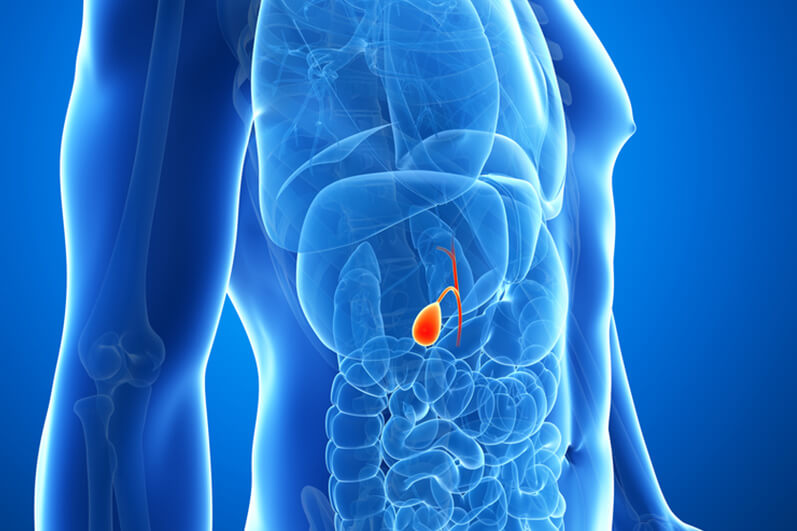
Commonly used treatment for aortic bile duct to relieve obstruction includes the following methods:
Non-surgical treatment is often used in patients with acute biliary obstruction, or biliary obstruction due to infection with antibiotics that help prevent dangerous complications from occurring.
Anatomy of the common bile duct:
• Bile duct stone laparoscopic surgery or open surgery to remove the stone to the outside, helping to circulate the bile ducts.
• When a patient has a cholelithiasis stone with also a gallbladder stone will have to undergo cholecystectomy and at the same time remove the stone by laparoscopic surgery.
Depending on the patient's condition of different severity such as location, size of stones, and disease complications, treatment regimens including appropriate bile duct surgery will be applied.
Care Of Patients With Bile Duct Stones
Taking care of patients with cholelithiasis after surgery is extremely important. If the patient is cared for properly, it will help quickly recover and prevent complications from occurring.
Immediately after treatment, the patient will be continuously monitored by the doctor. In addition, family members also need support, when there are abnormal signs such as bleeding wounds, patients having difficulty breathing should notify the nurse or doctor immediately.
Patients can eat and drink 6-8 hours after surgery. Choose foods that are easy to digest, and frugal with, like porridge or soup.
After being discharged from the hospital, family members should consult their doctor about how to care for the patient as well as proper nutrition.
It is necessary to monitor patients regularly to promptly detect complications after surgery and immediately bring them to the hospital for examination.
A few days after surgery, the patient will begin to experience pain from the wound that has not healed. The patient should not move vigorously, should be examined with the wound, and changed the dressing frequently. In addition, it is possible to lie in the fowler position to reduce pain and discomfort.
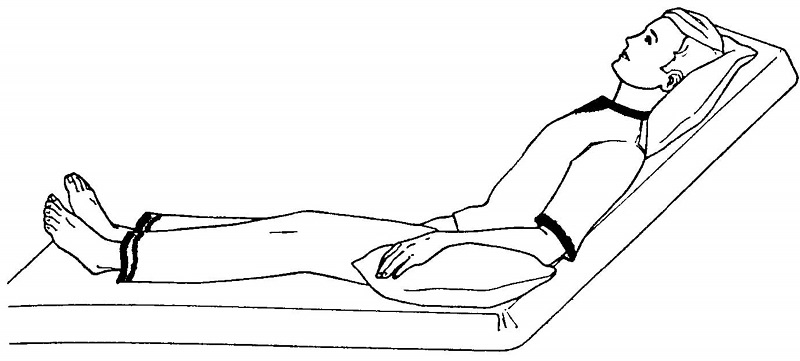
Should have an exercise regime suitable for health every day and need periodic re-examination to ensure a good recovery and no complications occur.
Thus, host bile duct stone is disease-causing many health effects on patients. If not treated early, there will be hidden dangerous complications. Therefore, people should pay more attention to health and possible symptoms caused by gallstones in order to have an early treatment direction, to avoid unnecessary risks.
Please find the nearby location or the nearest branch your home to visit for tests and get quick online results. For more detailed information about our test menu and price list, click here.
The site cannot and does not contain medical advice. The medical information is provided for general informational and educational purposes only and is not a substitute for professional advice. Accordingly, before taking any actions based upon such information, we encourage you to consult with the appropriate professionals.

 1900 1717
1900 1717 